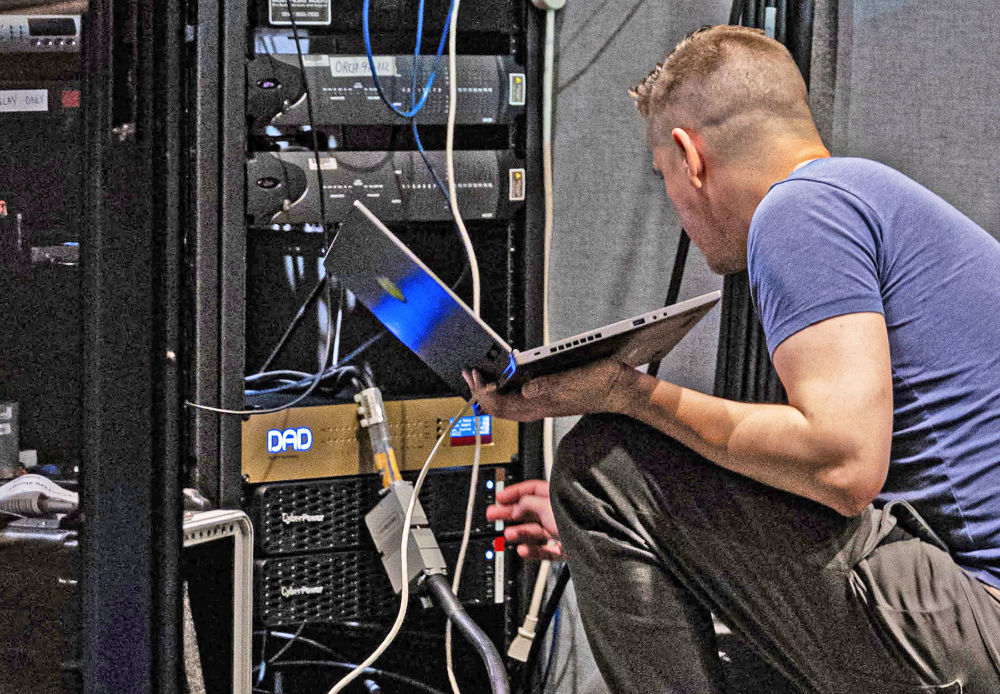
Christian Amonson Picks DAD for Chandra 25th Anniversary
Los Angeles, CA, August 2024 – The most romantic cue from John Williams’ Star Wars universe receives a new take in honor of the NASA Chandra X-Ray Observatory’s 25th Anniversary. The recording of “Across the Stars (Love Theme from Star Wars: Episode II)” was led by producer Christian Amonson and conducted by Raphaela Lacerda with the Hollywood Studio Symphony, accompanied by projections from Chandra on 12’ screens.
Producer Christian Amonson explains his critical use of 192kHz AD/DA converters from Digital Audio Denmark, “The ensembles, artists, and halls I work with usually have an established system or history of recording before I get there, and they are still looking to me to deliver a sound that they haven’t heard before. The pressure is on, but with DAD, I know the conversion will be optimal, so I can focus on blend and balance, mic placements, etc., knowing that every channel is the ‘good channel’. Same with the preamps.”
“I wanted to continue pushing forward with the Chandra project, Amonson explains, “especially since the first two pieces from “Star Trek” and “Star Wars” are so well known. I suggested adding the AX32 and recording at 192kHz — at over 100 channels. Integrating it into the DAW was the simplest part. The DAD unit is well-equipped with numerous types of connections: DigiLink, MADI, AES, DANTE. And after resetting the patchbay and rerouting various D-subs, we had 64 new inputs at 192kHz to their system.”
Amonson adds, “Preamp-wise, I had 32 channels of outboard preamps — 24 channels in-the-room — all the mains, ATMOS, and room mics, plus the 8 horns, which then fed the DAD. Winds, harp, and piano used the DAD preamps: up to Ch. 56 with the number of preamps I have installed. Channels 57-105 used the regular house preamps/AD. I’m thrilled that we paved some new territory with the AX32 in such an historic studio, and I’m already brainstorming about more ways to expand and integrate for the next session there.”

Christian Amonson is a score mixer and orchestral producer based in Los Angeles. He has recorded or produced for the Chicago Symphony Orchestra with John Williams, Kansas City Symphony with Yo-Yo Ma, the LA Opera, LA Master Chorale, Pacific Chorale, Pacific Symphony, NPR’s JazzSet, and more. He teaches in the Screen Scoring and Music Technology departments at the Thornton School of Music at the University of Southern California, Los Angeles. His recording philosophy is based on perspective (perceived distance and direction) as the primary cue that our brains need to create a natural blend and balance, and has advocated for new ways to record, including naming/popularizing the OCCO Array and pioneering/developing the Twin Tree, used on this recording for the first time ever. His website is: seeingsound.com
